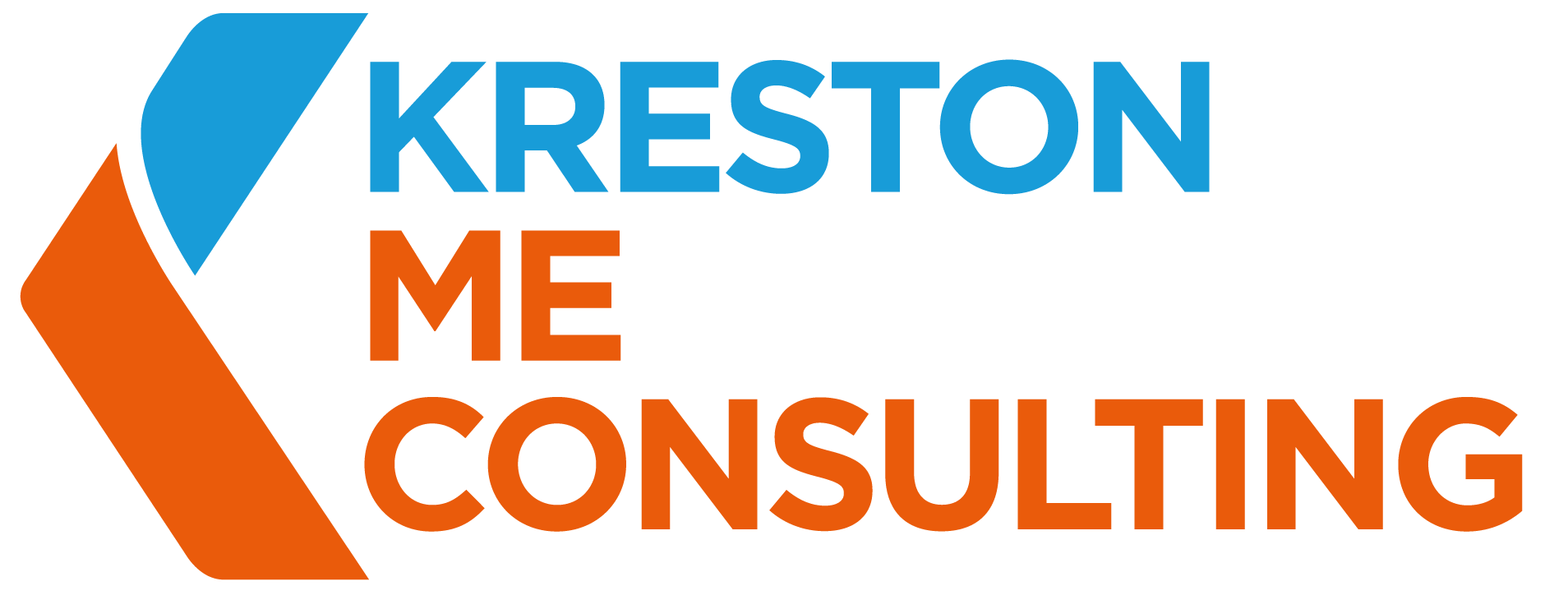Asset Verification
Ensuring Accuracy and Integrity
Asset verification, an essential process for organizations to ensure the accuracy and integrity of its asset records. In today’s business landscape, organizations manage a wide range of assets, including tangible assets such as equipment and inventory, as well as intangible assets like intellectual property and software licenses.
Asset verification involves conducting regular audits and inspections to verify the existence, condition, and ownership of these assets.
The Importance of Asset Verification
Asset verification plays a critical role in the effective management of an organization’s assets. Here are some key reasons why asset verification is important:
Accuracy of Asset Records
Asset verification ensures that the information in an organization’s asset records is accurate and up to date. By physically verifying the assets, organizations can identify any discrepancies between the records and the actual assets present.
Prevention of Loss and Theft
Regular asset verification helps prevent loss and theft by identifying any missing or misplaced assets. This allows organizations to take timely action, such as conducting investigations or implementing security measures, to protect its valuable assets.
Compliance with Regulations
Many industries have regulations and standards that require organizations to maintain accurate records of its assets. Asset verification helps organizations comply with these regulations and demonstrate transparency and accountability.
Optimized Asset Utilization
Asset verification provides insights into the condition and availability of assets. By identifying underutilized or redundant assets, organizations can make informed decisions on reallocating resources and optimizing asset utilization.
Financial Reporting and Audits
Accurate asset records are crucial for financial reporting and audits. Asset verification ensures that the values assigned to assets in financial statements are reliable and supported by physical evidence.
Benefits
Accurate Asset Records – By verifying assets, organizations can ensure that its records accurately reflect the assets they possess, leading to reliable financial reporting and improved decision-making.
Loss Prevention – Regular verification helps prevent loss or theft of assets by identifying discrepancies and taking appropriate actions in a timely manner.
Improved Asset Management – Asset verification provides insights into asset utilization, condition, and availability. This enables organizations to make informed decisions on asset allocation, maintenance, and disposal, leading to improved overall asset management.
Compliance and Transparency – Asset verification helps organizations comply with regulations and standards related to asset management. It enhances transparency and accountability, which is crucial for regulatory compliance and building trust with stakeholders.
Cost Savings – By identifying underutilized or redundant assets, organizations can optimize resource allocation, reduce unnecessary expenses, and potentially generate cost savings.
The Process of Asset Verification
Planning
Physical Verification
Documentation Review
Ownership Verification
Data Analysis and Reporting
Action and Follow-up
Asset verification is a vital process for organizations to ensure the accuracy, integrity, and effective management of its assets. By conducting regular inspections and audits, organizations can verify the existence, condition, and ownership of its assets, leading to accurate financial reporting, loss prevention, optimized asset utilization, and compliance with regulations. Implementing a robust asset verification process enables organizations to maintain reliable asset records, make informed decisions, and enhance overall operational efficiency.
